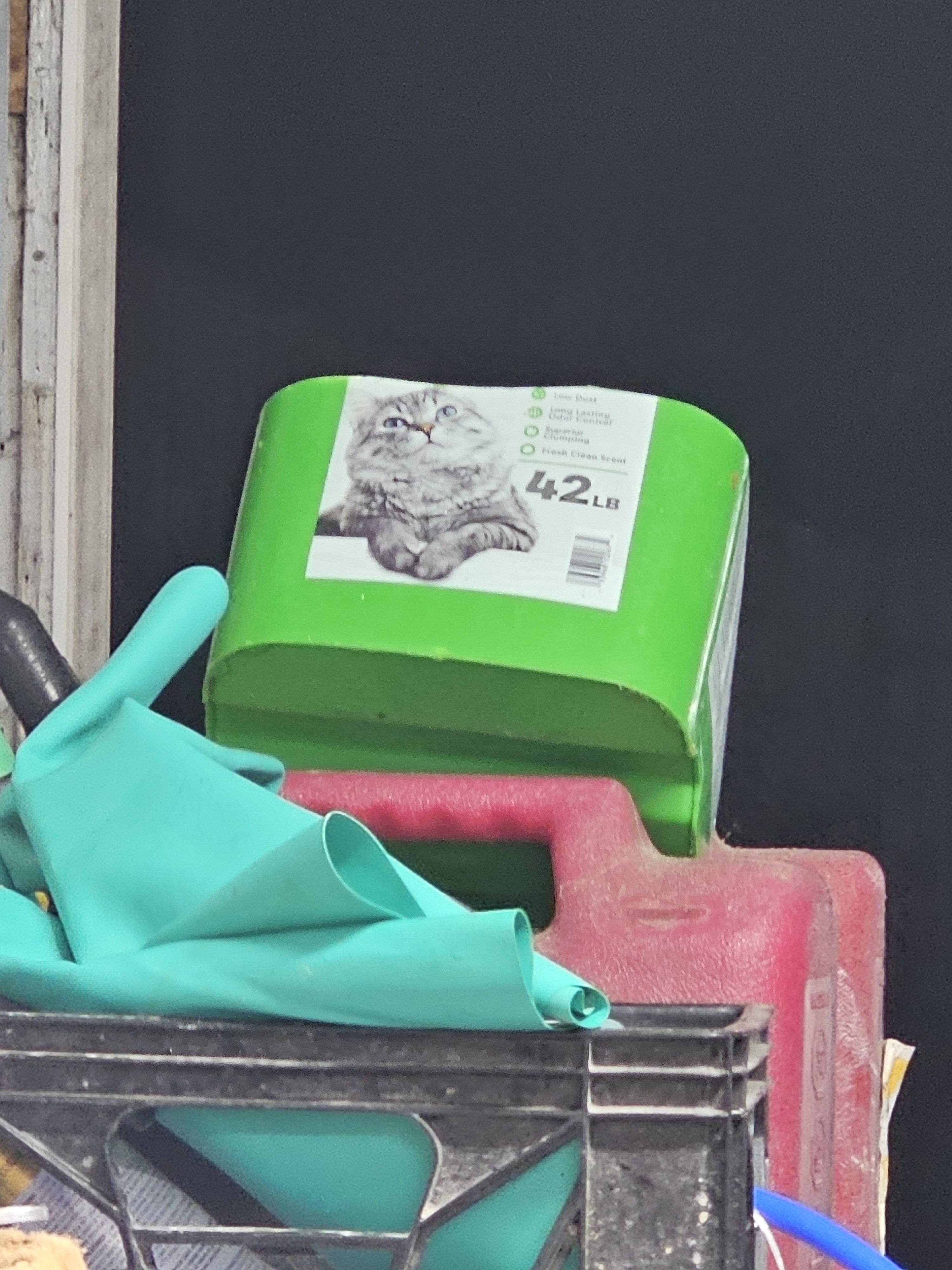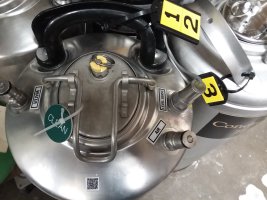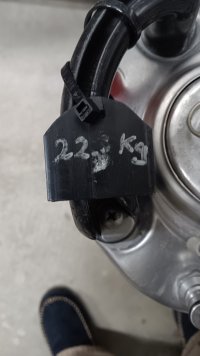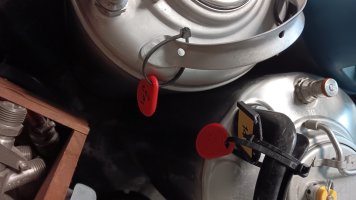Nothing that fancy; just using a half-barrel keg as a fermenter. I like doing the 10 gallon batches because it really doesn’t take much more effort, and there’s only one cleanup and twice the beer!That makes sense. I forgot about the guys doing 10 and 20 gallon batches with cylindroconicals, glycol, and lab grade stuff.
Also, I like to prime the kegs with sugar and carbonate naturally. Brewing more volume gets me ahead so the beer has more time to carbonate and condition before I need it. If I do get a little behind, I can force carb one keg, and prime the other with sugar. The second one will easily be ready by the time I finish the first.
Hoping to get a small kegerator and just slide the whole thing in and skip the transfer altogether. Could serve using a floating dip tube.


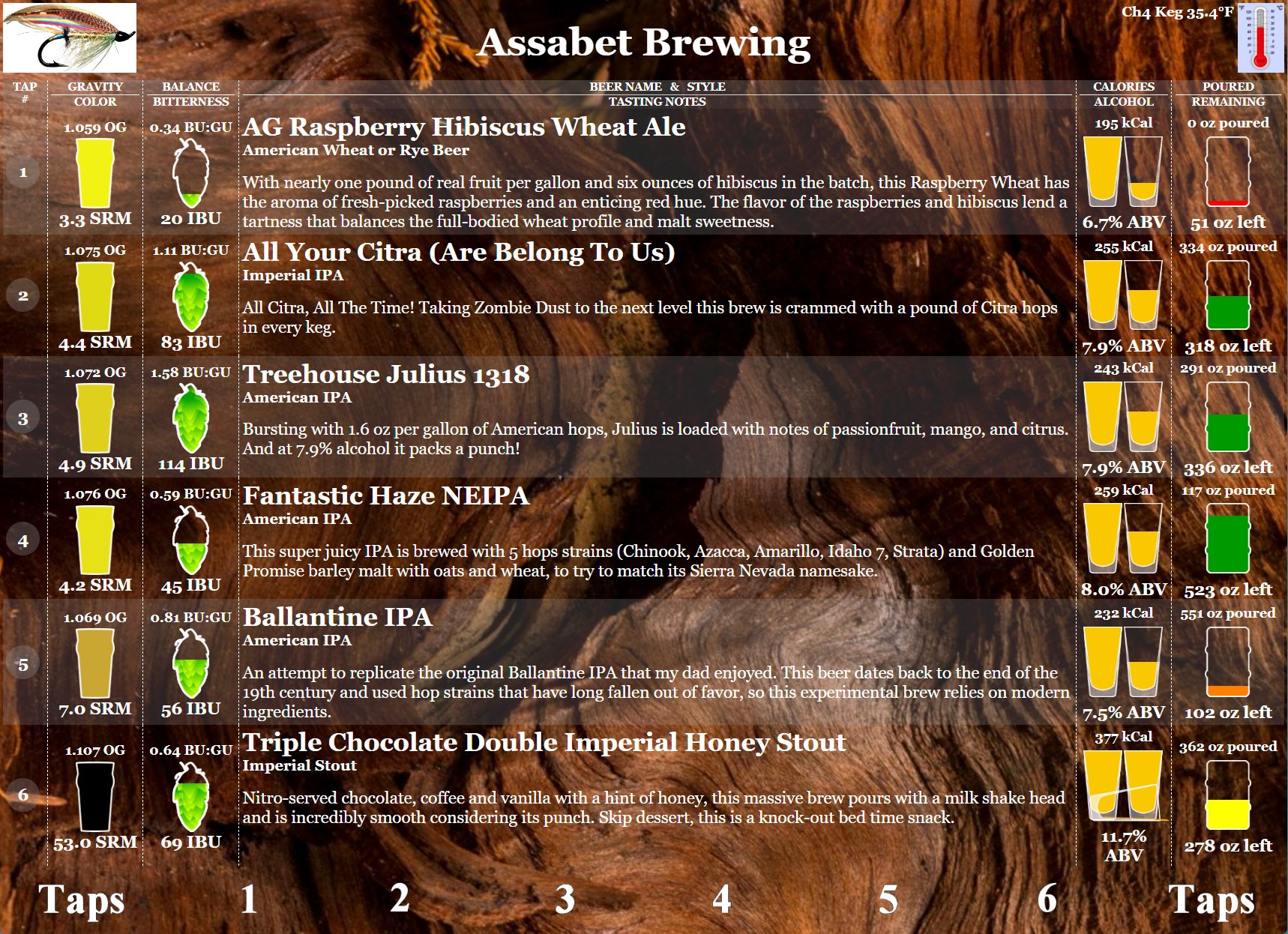
















































![Craft A Brew - Safale S-04 Dry Yeast - Fermentis - English Ale Dry Yeast - For English and American Ales and Hard Apple Ciders - Ingredients for Home Brewing - Beer Making Supplies - [1 Pack]](https://m.media-amazon.com/images/I/41fVGNh6JfL._SL500_.jpg)






